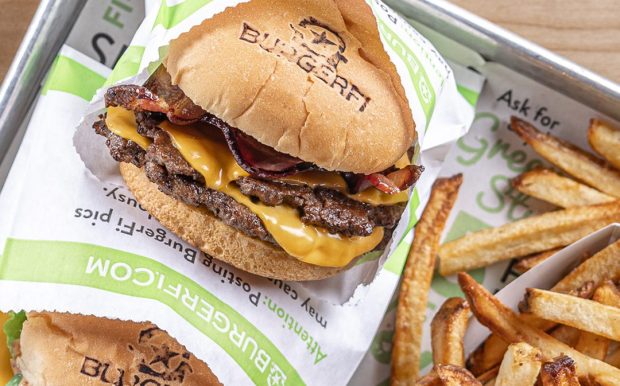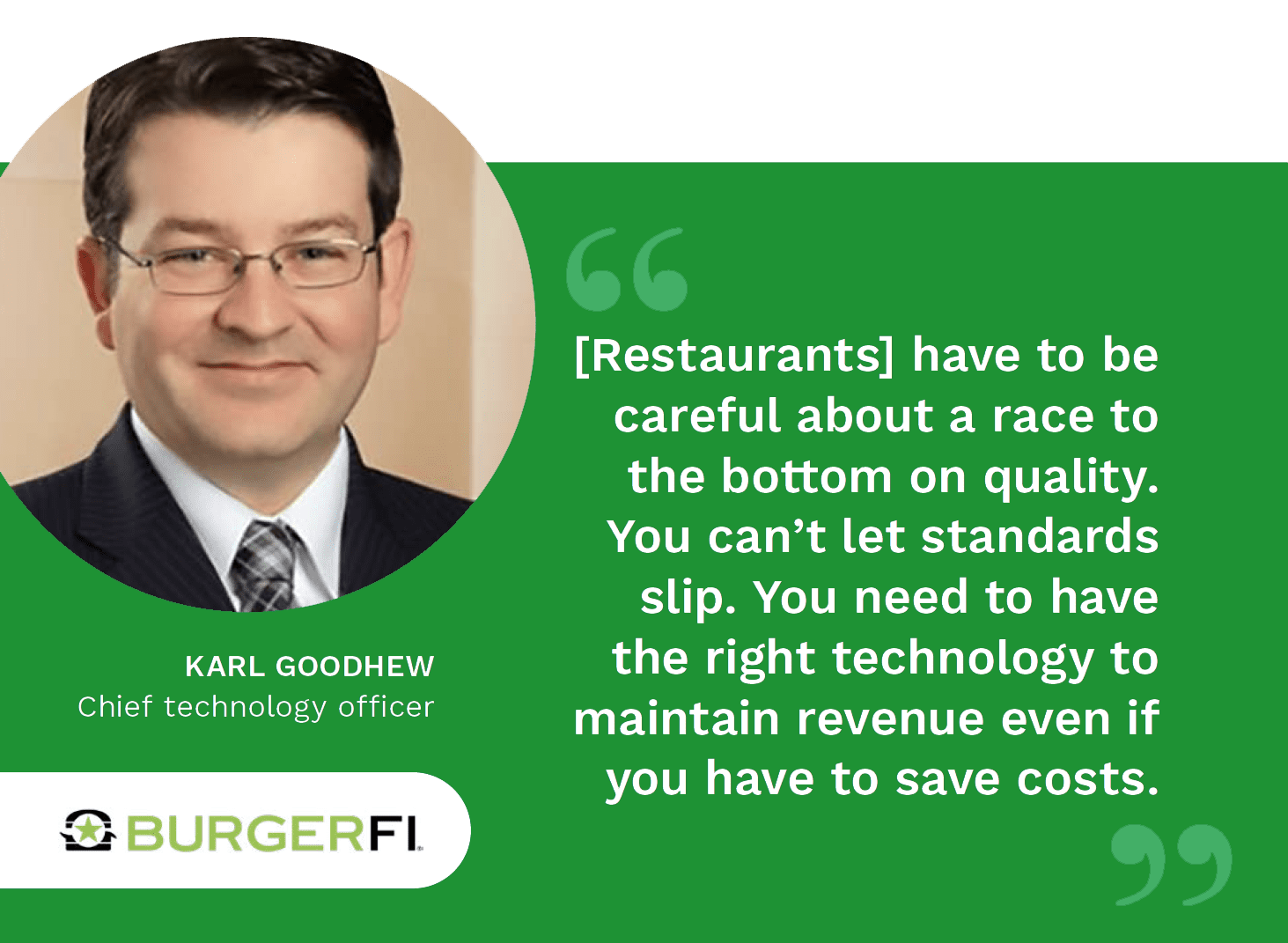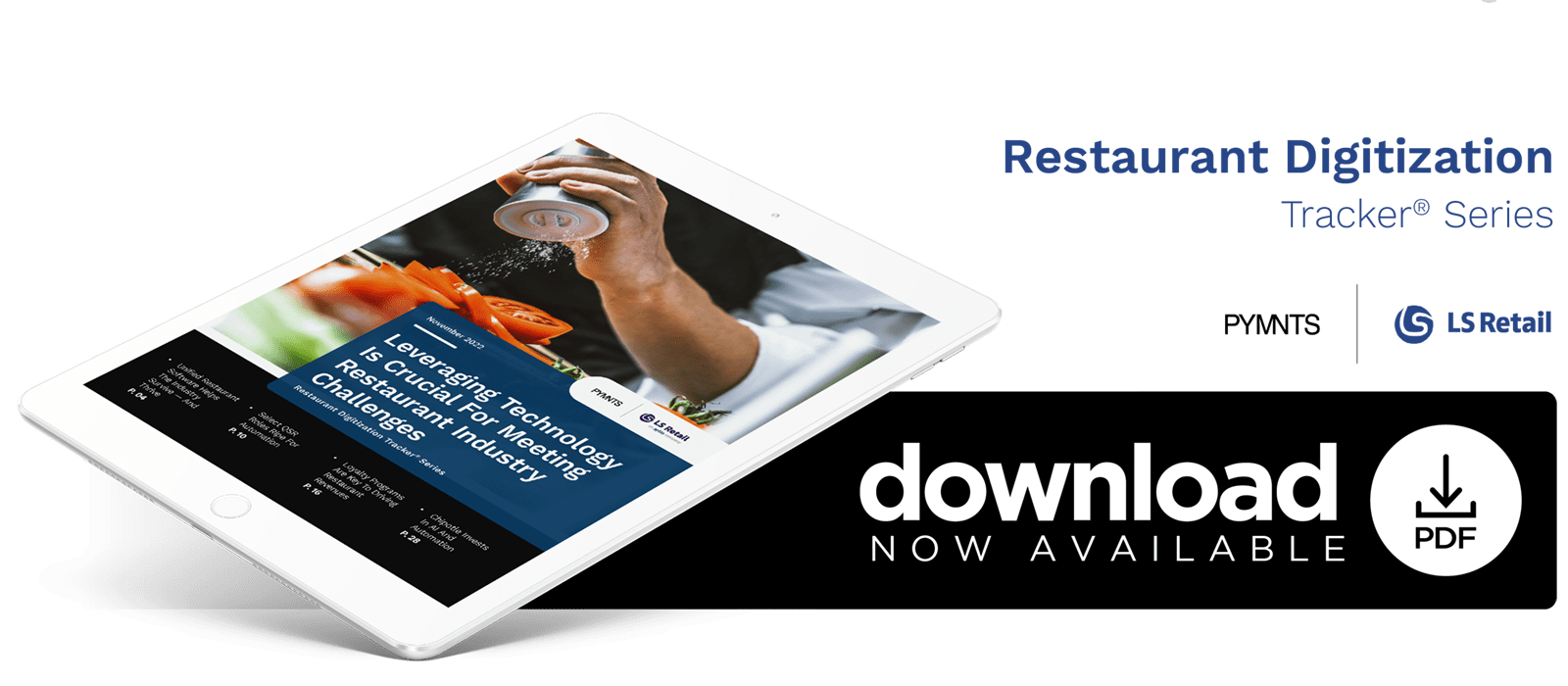Meeting QSR Customers’ Ordering Preferences

Thousands of restaurants adopted mobile ordering during the pandemic, and now must go above and beyond to stand out from the competition. In this month’s “Restaurant Digitization Tracker®,” PYMNTS spoke with Karl Goodhew, chief technology officer at BurgerFi, about why data analysis is required to meet customers’ evolving demands.
An interview with Karl Goodhew, chief technology officer at fast casual burger chain BurgerFi, about the technologies required to meet customers’ evolving demands
—
The ongoing pandemic forever changed customers’ demands for quick-service restaurants (QSRs). Mobile ordering, takeout and delivery became practically mandatory, and lockdowns forced restaurants that did not initially have these capabilities to either hit the ground running or be left behind.
 “It was a frightening time, and everybody reacted as best they could without systems in place. Over time, expectations became elevated: Food should still be hot, drive times should be reasonable, and from an operations perspective, it’s essential to ensure that speed of service is right on point.”
“It was a frightening time, and everybody reacted as best they could without systems in place. Over time, expectations became elevated: Food should still be hot, drive times should be reasonable, and from an operations perspective, it’s essential to ensure that speed of service is right on point.”
Analysis of customer data formed the core of BurgerFi’s mobile ordering strategy. Every customer interaction with a restaurant provides that restaurant with key information about when the customer typically orders, what their favorite foods are and a host of other data points that the restaurant can use to refine business operations and drive revenue.
“We’re using the data to inform operational choices or menu choices. For example, we just rolled out a change in the menu to test markets. We’re watching very closely as to the customer reaction and if that’s something that we should change, pull back on or roll out system-wide.”
Data analysis will be the way of the future in the restaurant industry, Goodhew said. Restaurants can already offer customers targeted promotions and rewards, but will likely be able to expand that analysis to further augment operations based on other variables such as time of day, weather or current inventory levels.
“My hope is that one day I can walk into a store, and they’ll know who I am and then offer me appropriate promotions or offers. They will be able to ask me if I want what I had ordered last time without me having to take my phone or my wallet. The technology is already there, but the question is how comfortable people are with it.”

